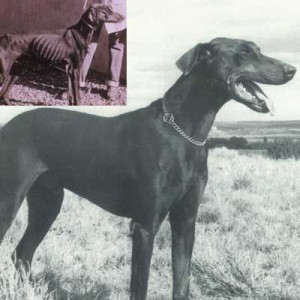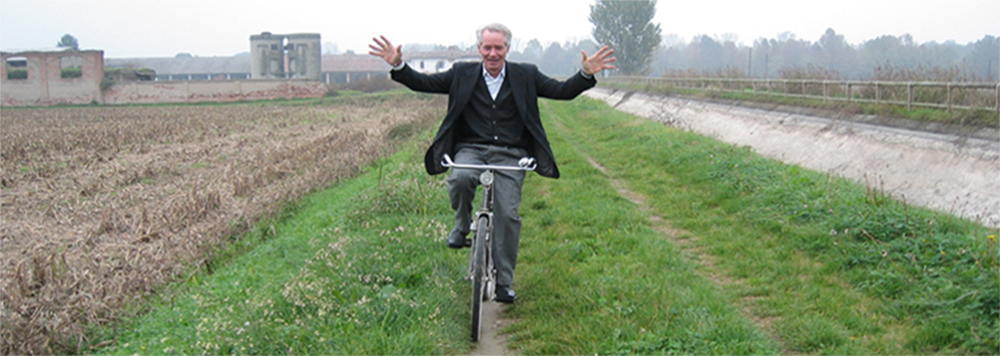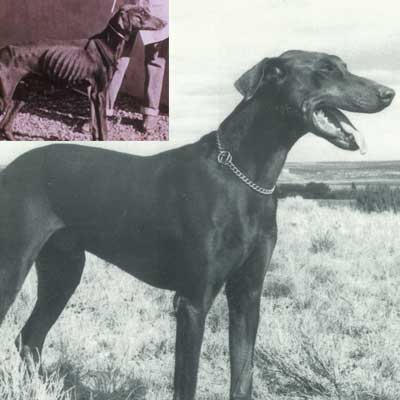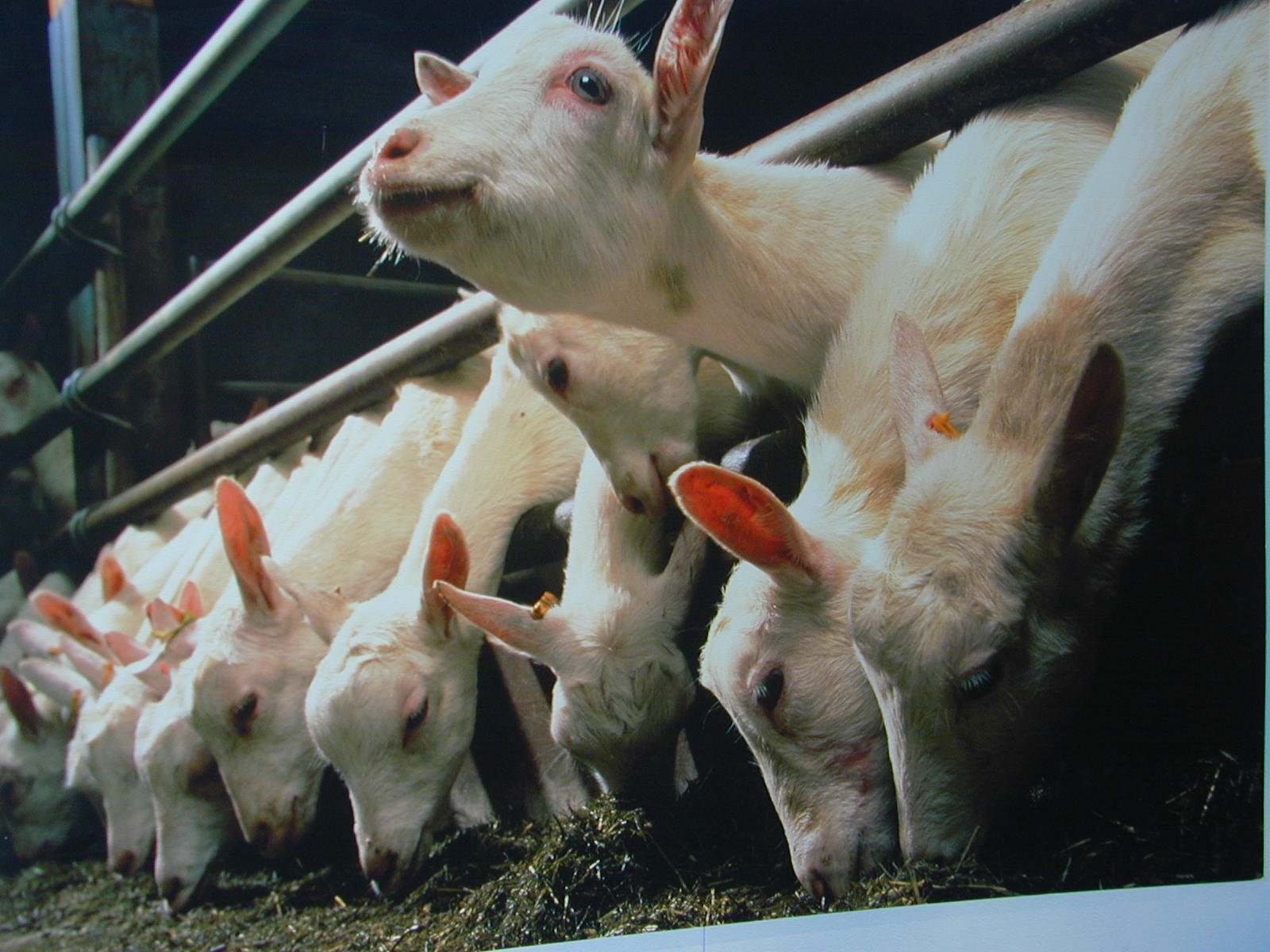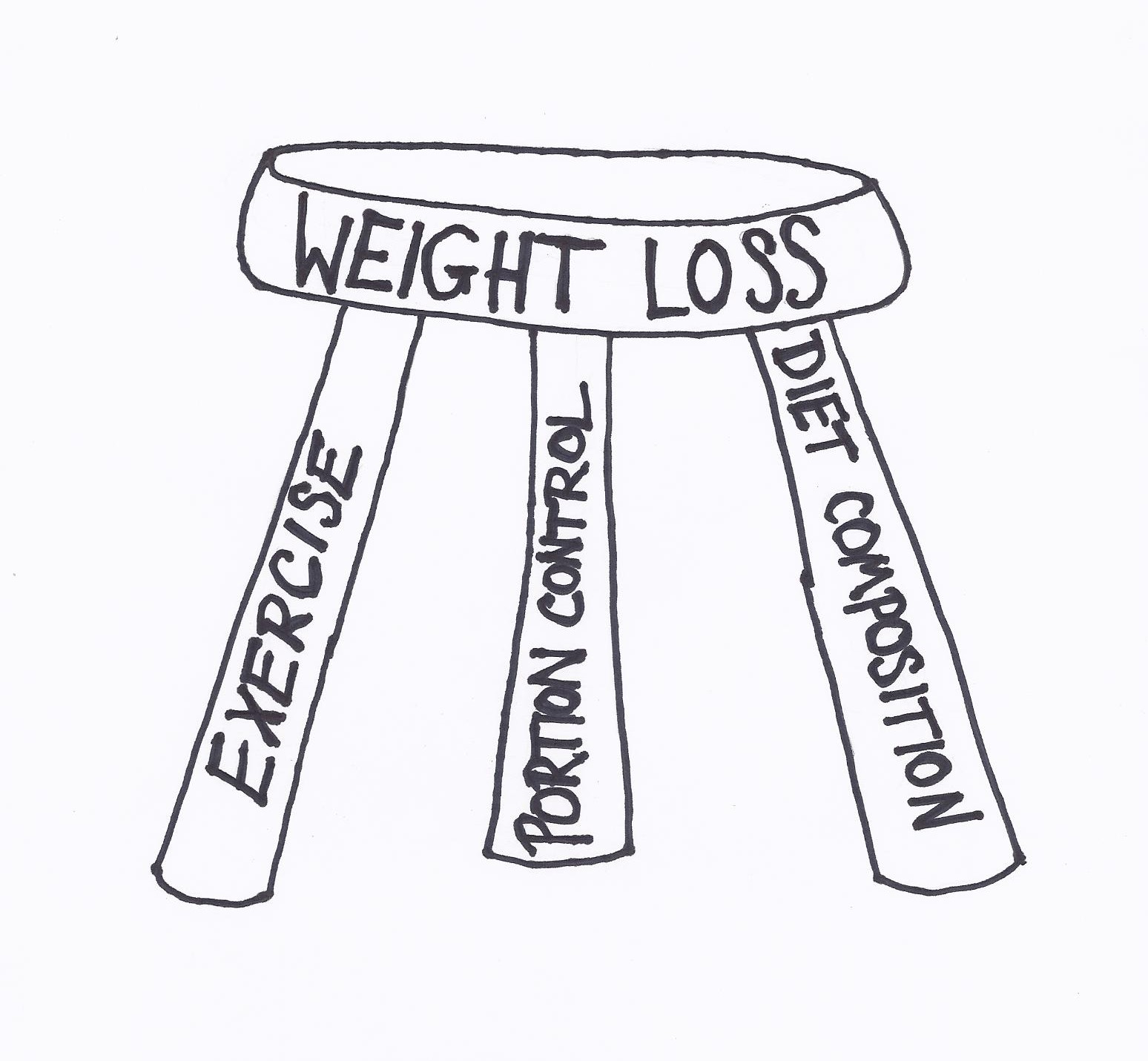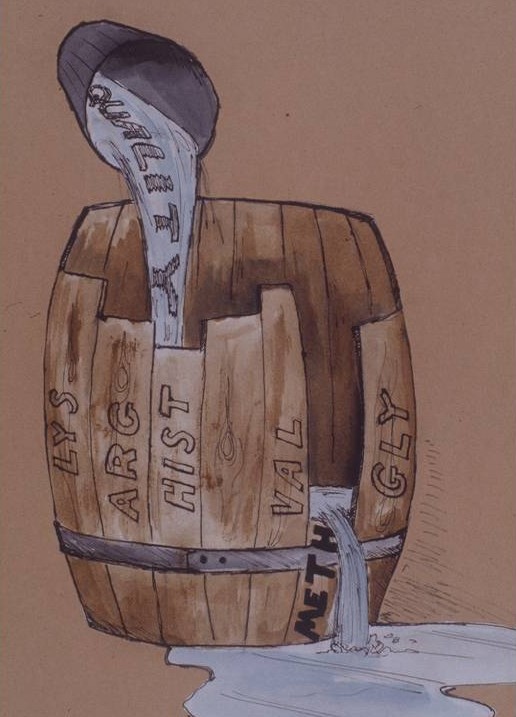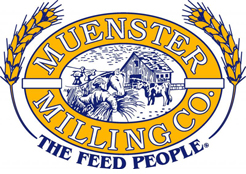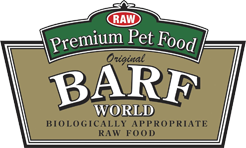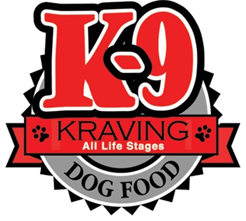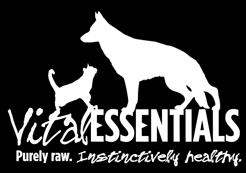The eloquence of lack: Billions of years of dealing with lack have made mammals good at it. As a biological entity, mammals have an exact and precise set of enzymes, hormones, and all attendant molecular machinery that evolved by Darwinian selection. By the dawn of upright man, about four million years ago, this biochemistry was within 2% of today’s precision. One could argue that mammals are the ultimate designer product, having their gene pool skillfully crafted and engineered to interface with their environment with maximum efficiency. The two irreducible pillars of existence for any species are: (1)survival and (2) reproduction. The only purpose of one is to allow the other. Propelling genes forward, in combination with survival tricks in the face of scarcity, has proven immensely successful. The only thing which has challenged the species survival system operating today was a meteor from outer space. This last occurred when a meteor struck the region of Yucatan in Mexico some 65 million years ago. The resulting mass extinction obliterated not only all dinosaurs, but also 95% of all known life. But our ancestors squeezed past this doomsday guillotine, illustrating mammal’s exquisite capacity for survival in the face of lack.
A case study: Pictured is an adult Doberman rescued by animal control as he lay near death from starvation, weighting 16 kg (35 lb). His story appeared in our local newspaper one morning, much to the horror of my wife, a devout humaniac. In a rage of disgust, she exclaimed these people ought to be shot, and read me the story. Engrossed in my own worries in my office, I off-handedly remarked that they better not give the dog too much protein or they’ll kill it. And they better not give it too much energy too quickly, or they’ll kill it. Very soon I heard in the other room one half of a phone conversation: “I was reading the story of Rojo in the paper. My husband is an animal nutritionist, and he says not to give the dog too much protein….yes, right, and also not to give too much energy…yes. Yes…(long silence)…Oh. Well, I guess so….OK…Bye.” If I thought that was the end of the issue, I soon learned otherwise. My wife quietly appeared in my office and said “Honey.” It was the kind of honey that instills fear in husbands. It is often followed by “the check book won’t balance”, or “the guy from the tow truck said it was only the transmission.” In the case at hand, what followed was “you know that Doberman in the paper? Can he come live here? Just til he recovers.”
Dealing with lack: A silent force powers each creature’s daily survival. It is all the thousandsof enzyme systems faithfully transferred forward by genes to deal with lackor insufficiency. This can be first a lack of a basic nutrient, such as proteinor copper, and secondly a lack of subsequent or secondary products, such asamino acids or copper dependent enzymes. We can endure the lack of certainnutrients for months, and in some instances, years. Everyone has skipped ameal now and then, many fast for days on a voluntary basis, and the annals ofhistory are full of tales of survival for weeks or months on the most meagerof rations. What is even more intriguing is that the emaciation of months ofstarvation in adults is usually repaired without a trace in a relatively short time.
With proper nutrition, Rojo recovered just fine, and went on to live a full, contented life in our household for 10 more years. Admittedly, malnutrition of sub adults can cause irreparable harm, but even in the young, the capacity for compensatory hypertrophy (extra growth to make up for poor earlier growth) can in many cases essentially reverse the ill effects of stunted growth. Easily getting fat is the obverse of the same coin we routinely ignore, that mammals are very difficult to kill with food deprivation.
Figure (inset). Adult Doberman a few days after rescue by animal control when he weighed 35 lb (16 kg). By permission of The New Mexican. Photo by Edward Vininghoff. Figure. Same Doberman as in inset, fully recovered. Photo by Amy Glick.
